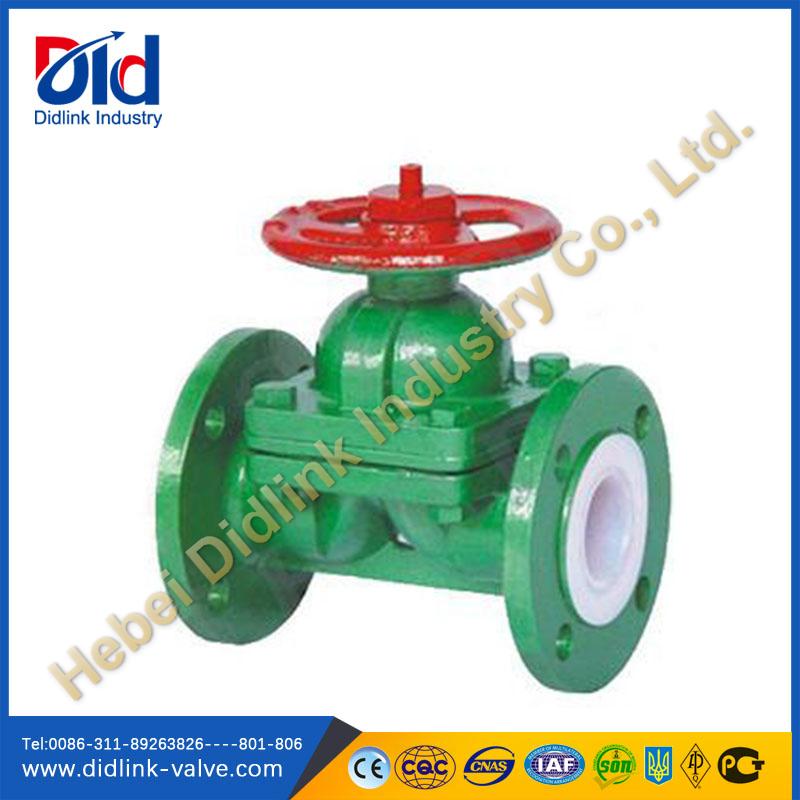Casting and forging valve material analysis

Casting valve is formed by casting valve, casting valve pressure rating is generally relatively low (eg PN16, PN25, PN40, but there are also high-pressure, can go to 1500Lb ,, 2500Lb), most of the caliber of DN50 and above. Forged valve is forging out, are generally used in high grade pipeline, diameter is relatively small, generally in DN50 or less.
First, casting
1. Casting: metal is smelted to meet certain requirements in liquid and poured into the mold, after cooling and solidification after the clearing process to obtain a predetermined shape, size and performance of castings (parts or blank) of the process. Basic technology of modern machinery manufacturing industry.
2, low cost casting blank, for complex shapes, especially those with complex cavity parts, can show its economy; while its wide adaptability, and has good mechanical properties.
3, but needed for the production of casting materials (such as metal, wood, fuel, modeling materials, etc.) and equipment (such as metallurgical furnaces, Mixer, molding machine, core making machines, shakeout machine, shot blasting machine, cast iron plate, etc. ) more, and generate dust, harmful gases and noise pollution of the environment.
4, casting human grasp the earlier one metal thermal processing, about 6000 years old.
3200 BC, Mesopotamia appear copper frog castings.
Between 13 BC to the 10th century BC, China has entered the Bronze casting heyday, the technology has reached a very high level, such as Shang weight 875 kg Si Mu Wu Fang Ding, the Marquis Yi of Warring States and Han Dynasty statue plate transmissive mirror, etc. are representative of ancient casting products.
Early casting greatly influenced pottery, cast mostly for agricultural production, religion, life and other aspects of the tool or appliance, art flatted. 513 BC, Chinese cast out of the world's oldest written records found in cast iron - Cast Jin Ding (about 270 kg weight).
Around the 8th century, Europe began production of iron castings.
After the industrial revolution of the 18th century, large castings into the new era of industrial services.
In the 20th century, the development of fast-speed casting, has developed a ductile iron, malleable iron, low carbon stainless steel and aluminum copper, aluminum silicon, aluminum-magnesium alloy, titanium-based, nickel-based alloys, such as casting a metallic material, and the invention of Gray cast iron inoculation of new technology.
After the 1950s, the emergence of new high-pressure molding process of wet sand, chemical hardening sand molding and core making, molding and other special vacuum casting, shot blasting and so on.
5, casting many types, according to the customary methods into shape:
① ordinary sand casting, including wet sand, dry sand and chemical hardening sand three categories.
② special casting, press molding materials can be divided into natural mineral sand as the main form of special casting material (such as investment casting, mud casting, foundry shell casting, vacuum casting, solid casting, ceramic casting etc.) and metal as the main mold special casting material (such as metal casting, pressure casting, continuous casting, low pressure casting, centrifugal casting, etc.) categories.
6, the casting process generally includes: ① mold (liquid metal casting become solid container) prepared by the mold materials used can be divided into sand, metal, ceramic, clay type, graphite type, etc., according to the frequency of use can be divided into disposable, semi-permanent and permanent, ready to mold the merits of the main factors affecting the quality of castings; ② casting and pouring molten metal, casting metal (cast alloy) mainly cast iron, cast steel and cast non-ferrous alloys; ③ casting process and inspection, casting process including the removal of foreign body core and the casting surface, removal of pouring riser, Phi grinding burrs and joints and other projections as well as heat treatment, shaping, anti-rust treatment and rough like.
Second, forging
1, the forging: forging using a mechanical pressure on the metal blank to plastically deform to obtain a certain mechanical properties, shape and size of the forging certain processing methods.
2, forging one of the components of the two.
Eliminate metal by forging cast loose, the mechanical properties of weld holes, forging generally better than the same material castings.
High mechanical load, harsh working conditions of the important parts, in addition to simple shapes available rolled sheet, profiles or welded parts, the use of forgings.
3 forging press forming method can be divided into:
① open forging (free forging).
The use of force or pressure impact metal against deformation in the upper and lower iron (anvil) to obtain the desired inter-forging, there are two kinds of hand-forged and forging machinery.
② closed mode forging. Metal blank in the die bore has a shape obtained by forging compressive deformation can be divided into forging, cold heading, rotary forging, extrusion and the like. Press forging deformation temperature can be divided into hot forging (processing temperature is higher than the stock metal recrystallization temperature), warm forging (below the recrystallization temperature) and cold forging (room temperature).
4, forging material is mainly carbon steel and alloy steel of various components, followed by aluminum, magnesium, titanium, copper and its alloys. The raw state of the material has a bar, ingot, metal powders and liquid metals. In the cross-sectional area of the metal before deformation and deformation than the cross-sectional area of the mold is called forging ratio.
The correct choice of forging ratio to improve product quality, reduce the cost of a great relationship.

 JACKY
JACKY